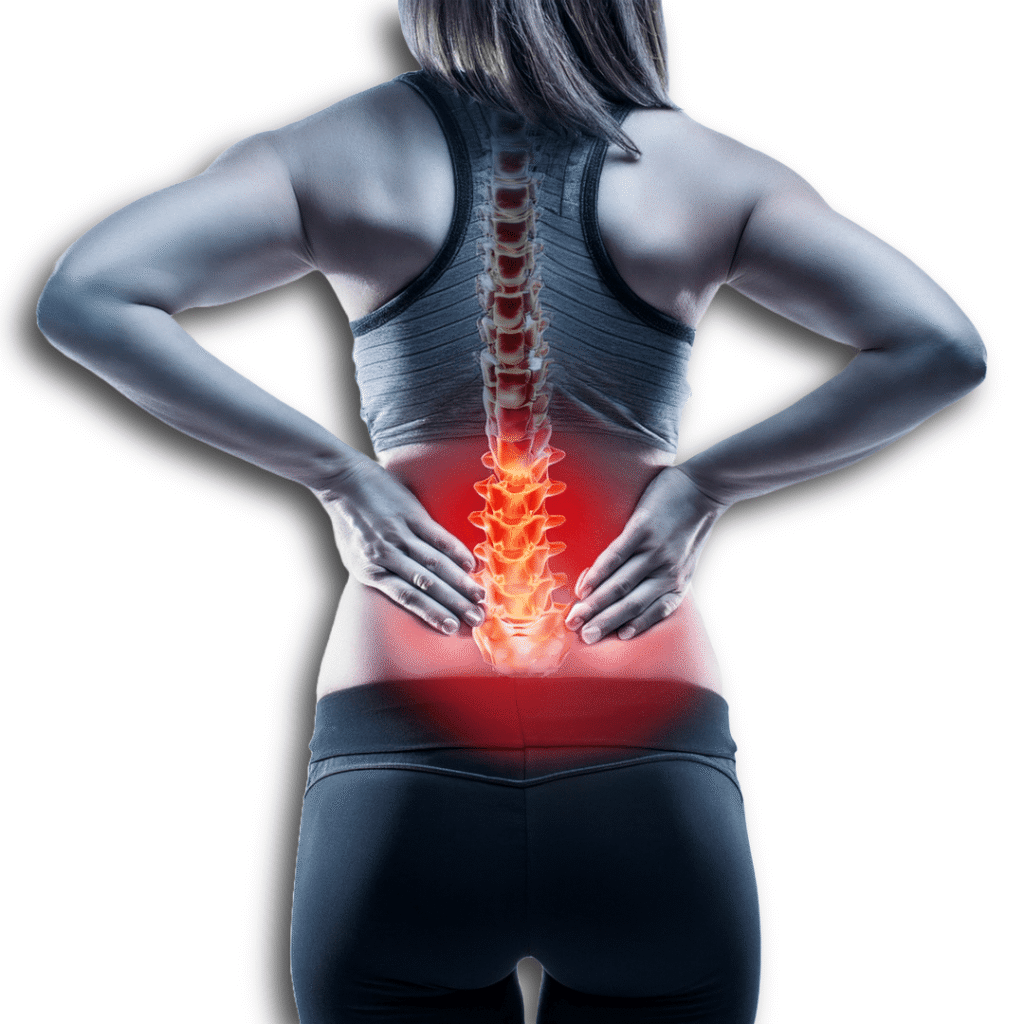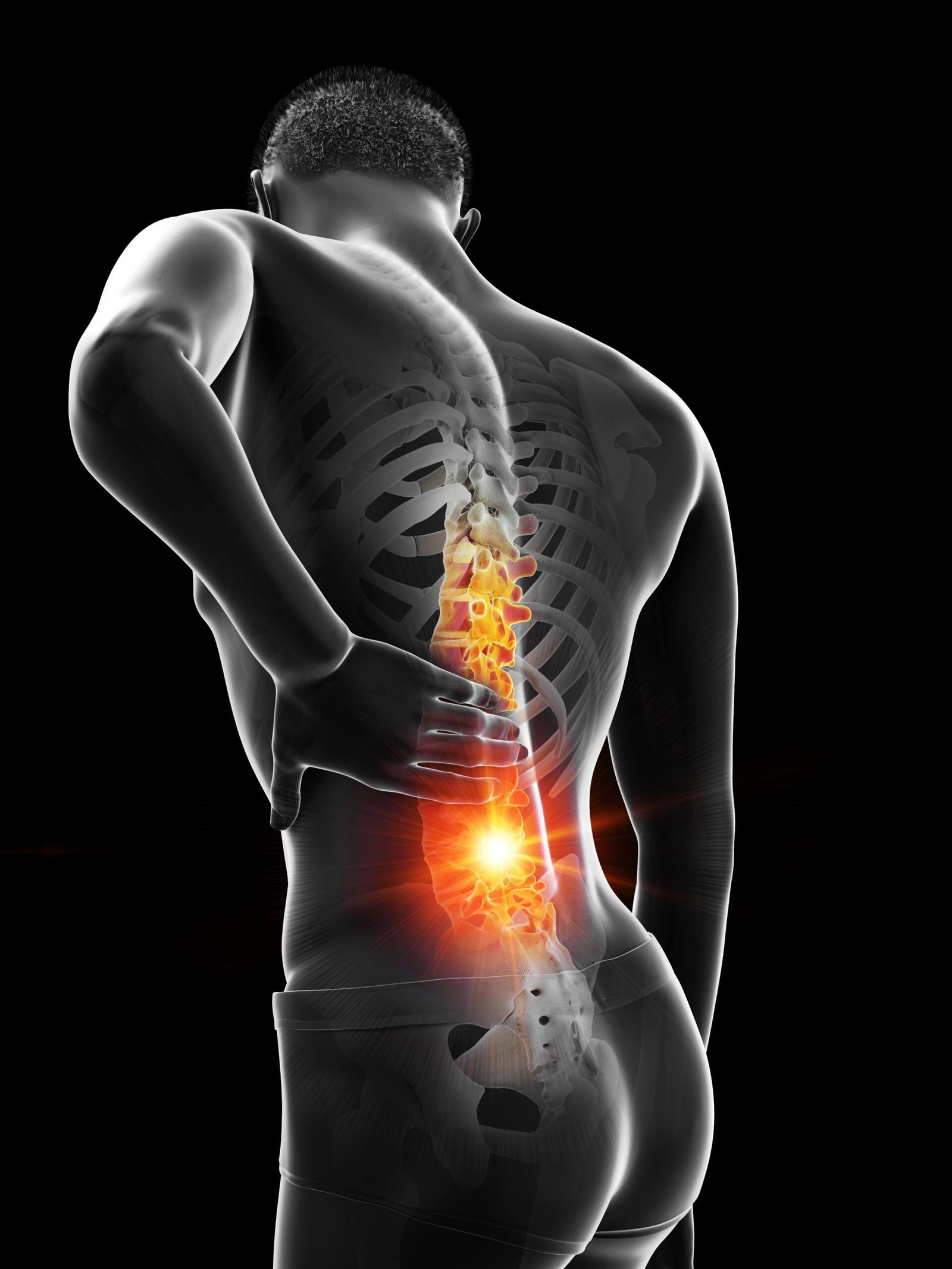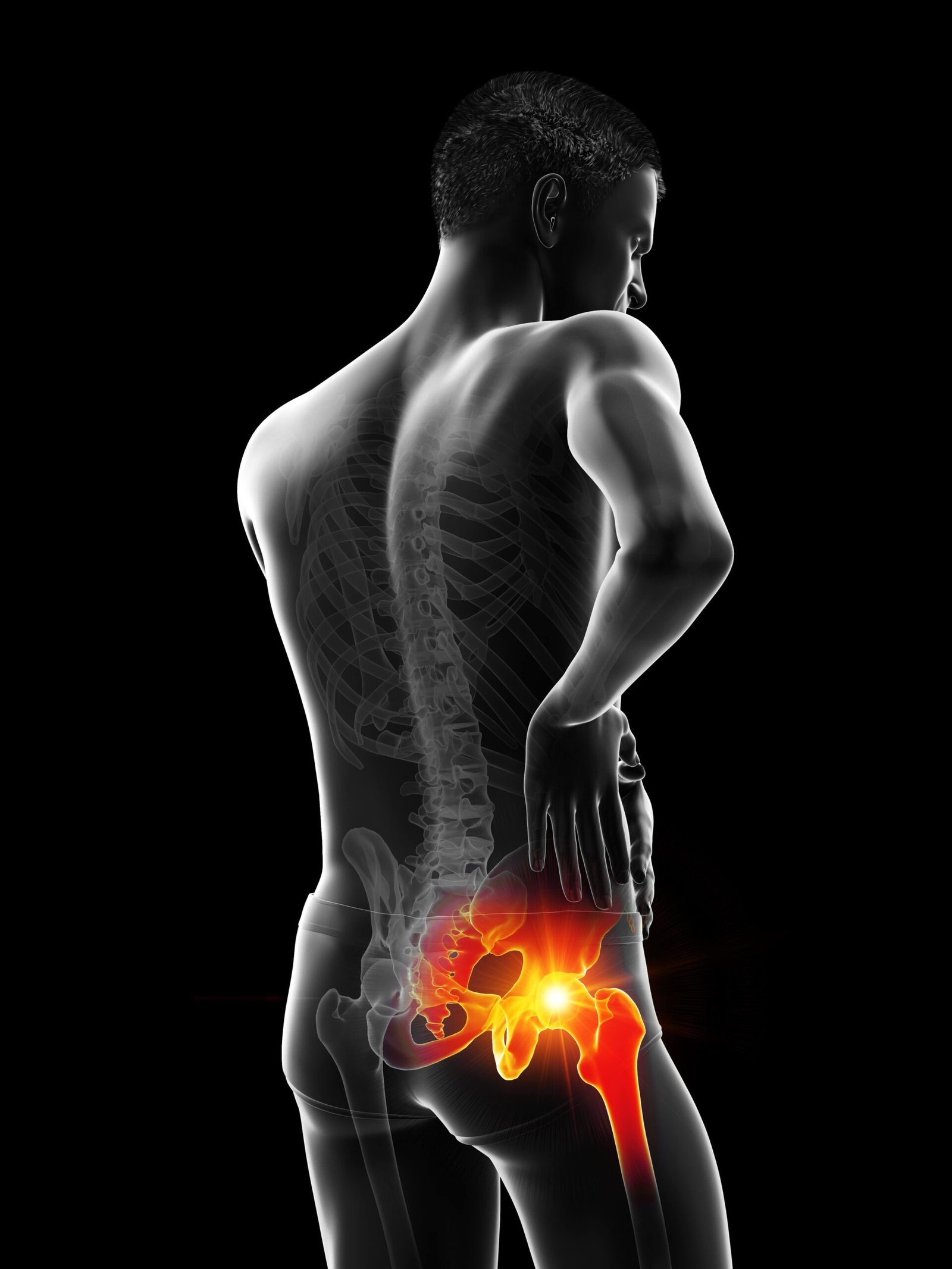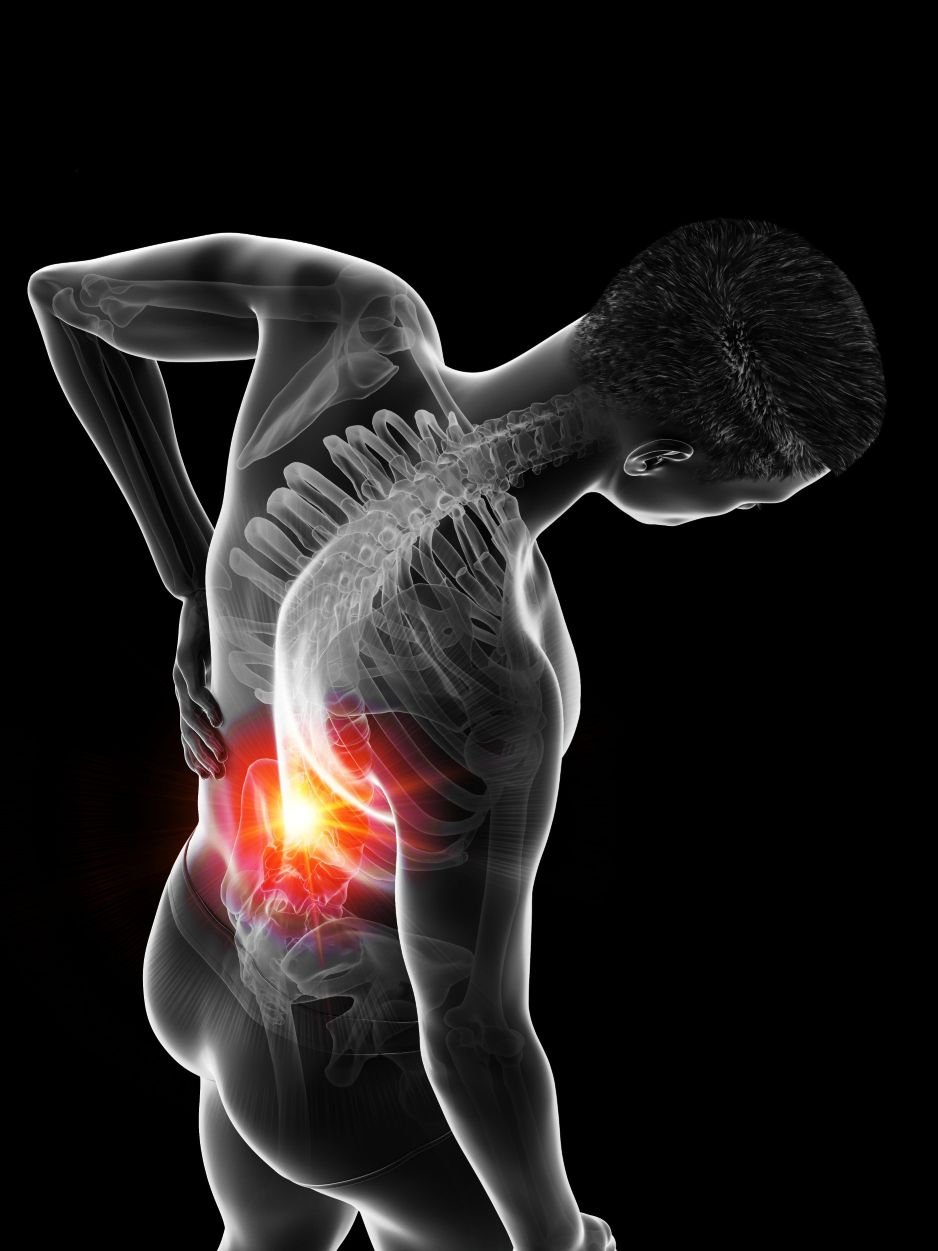Think It’s the Spine? It Might Be the SI Joint—Identify the Driver Before Imaging or Referral.
Cut through diagnostic uncertainty and confidently identify the true pain generator in complex low back cases. Patients feel heard when you bring clarity to complex pain—strengthening trust and guides better outcomes.

Who is he?
EXCELLENTTrustindex verifies that the original source of the review is Google. I've been under Mohammad's care for years. I always follow his advice and put in the work and I think this is the main reason I'm still enjoying an active lifestyle. He keeps my body working the way it should and I am very thankful to have been referred to him.Trustindex verifies that the original source of the review is Google. Mohammad is a magician - truley. I moved from BC to Toronto recently and i’d been in physio treatment for over 4 years with a nerve issue in my left thigh. Mohammed was able to diagnose this issue immediately and with the right exercises and sessions it improved within a week. He’s also extremely passionate about helping people and that means a lot when trying to fix ongoing issues! Thank you for everything!Trustindex verifies that the original source of the review is Google. Mohammad is truly exceptional. I've been seeing him for over 5 years, and despite him moving clinics a few times, I've followed him wherever he goes. He’s the first and only physiotherapist who has provided real solutions and successfully fixed my neck, shoulder, and back pain. He accurately diagnoses the root cause of issues and delivers highly effective treatment—I've felt 100% better after every first visit. He also teaches simple exercises that I can easily do at home. I highly recommend him!Trustindex verifies that the original source of the review is Google. Mohammad is an absolute gem. I have been treated by him twice, and in just one session each for two different ailments he has managed to obliterate my pain. He knew exactly what to do and where to treat just by watching me walk. I've suffered years of tension headaches without ever getting an answer from either my GP or any other doctors I've been to, and yet a simple needling session and an exercise with a towel, I repeat, A TOWEL, has managed to decrease the frequency of my headaches. Sessions are always fun and I learn something new from him every time. Highly HIGHLY recommend him! Thanks Mo you're a star! ⭐Trustindex verifies that the original source of the review is Google. Very professional.. Easy to discuss what needs to be worked on.. Always has a plan for effective remedies.. I have recommended Mo to many of my friends..Trustindex verifies that the original source of the review is Google. Mohammad is THE BEST. This is the third clinic I've followed him to. If you're looking for a physiotherapist who is super energetic and passionate about helping get to the root cause of what ails you, takes the time to help you understand your anatomy and body and how things work, then definitely book him. I'm the type that wants to know what's happening so I can improve and prevent future injuries. Mohammad always spends the time and uses various media to help me learn. EDIT: I noted that this is the third clinic I've followed Mohammad to in order to illustrate that he's INCREDIBLE and has earned a loyal follower. Will follow him to 4,5,6 etc because the results speak for themselves! ✊❤️🔥🙏Trustindex verifies that the original source of the review is Google. I highly recommend Mohammad! He is super knowledgeable, skilled, intuitive and extremely caring. Very impressed by how you can go to him with almost any physical issue and he can quickly find a way to approach your treatment and offer exercises/stretches that will speed up your recovery and help you maintain your well being.Trustindex verifies that the original source of the review is Google. Mohammad has been a life savior for me and is a stellar physiotherapist. Before meeting Mohammad, I had spent the better part of a year with various health care professionals to address a reoccurring hip issue with no success. After just two visits with Mohammad he figured out the reasons for the pain and initiated a treatment plan. The pain and discomfort was impacting all aspects of my life (not only while mobile/active but while in neutral sitting position too) and I am so thrilled to say that this is now all behind me and I can walk, run, ride and sit pain free!! Mohammad is a good communicator and provides videos to demonstrate home exercises. I cannot thank Mohammad (or recommend him enough).Trustindex verifies that the original source of the review is Google. I've been seeing Mohammad for the past couple years for neck and scapular pain and immobility from wrestling. He really knows his stuff and is always dabbling with new tech and information to provide the best treatment. His dry needling ability helped release the knots in my neck and then he gave me a really good neck adjustment. Would definitely recommend.Verified by TrustindexTrustindex verified badge is the Universal Symbol of Trust. Only the greatest companies can get the verified badge who has a review score above 4.5, based on customer reviews over the past 12 months. Read more
Diagnose the Circuit, Not Just the Symptom
My light bulb analogy helps illustrate why we need to go beyond treating the immediate pain and examine the entire “circuit” – the interconnected system of nerves, muscles, and biomechanics.
Let me explain.
When a light bulb burns out, the immediate thought is: replace the bulb.
But what if that doesn’t work? Do you check the switch? The wiring? Or maybe the fuse box?
I view each patient through this lens
💡 Injury site → Light bulb
🔌 Nerve entrapment → Wiring
🎚 Spinal column → Switch
⚡ Brain → Fuse box
Now, let’s apply this to something simple—a sprained ankle.
A true sprain means damaged tissue—so why can someone walk normally one day but limp the next? If the tissue is torn, pain should be consistent, right?
So what else could be happening?
🔹 A peripheral nerve entrapment causing the limp?
🔹 An L5 nerve root involvement affecting motor control?
🔹 A brain-related issue, like an early sign of Parkinson’s? (Rare, but possible.)
By focusing on the entire circuit, we can identify the root cause of the problem and develop a more effective, long-term treatment plan. This approach leads to lasting recovery and prevents recurring issues.
Do you approach injuries this way?

MVMT Clinical Markers
Understanding Spinal Health: What MRI Might Be Missing
Imaging often reveals “abnormalities” like hip labral tears and lumbar disc bulges that are normal age-related changes, not necessarily sources of dysfunction — our commitment to recovery should stay rooted in MVMT, not in MRI results.
MRI findings in asymptomatic patients: Research by Brinjikji et al. (2015) shows significant spinal degeneration (e.g., disc bulges, herniations) often appears in patients with no symptoms.
Spinal degeneration does not always correlate with pain: Just because degeneration is visible on an MRI doesn’t mean it’s the source of the patient’s pain.
Identify the source of pain: Early, accurate diagnosis of movement dysfunction and compensations can guide more effective treatment and reduce unnecessary imaging or referrals.
Comprehensive MVMT assessments: We assess how a patient’s spine loads during MVMT to pinpoint the dysfunctional pattern in their pain—not just what’s seen in an MRI.
- When symptoms regress or stall, MRI findings may still help determine whether a shift from conservative to non-conservative care is warranted—but they shouldn’t lead care from the start.

Asymptomatic MRI Findings

Degenerative Disc Diease

Hip Pathology

Disc Herniation
Brinjikji et al. (2015) – MRI Findings of Disc Degeneration Are More Prevalent in Adults with Low Back Pain Than in Asymptomatic Controls: A Systematic Review and Meta-Analysis.
Register, B., Pennock, A. T., Ho, C. P., Strickland, C. D., Lawand, A., & Philippon, M. J. (2012). Prevalence of abnormal hip findings in asymptomatic participants: a prospective, blinded study. The American journal of sports medicine, 40(12), 2720-2724.
Header 1

What doctors say!
Nulla vitae elit libero, a pharetra augue. Morbi leo risus, porta ac consectetur ac, vestibulum at eros. Maecenas faucibus mollis interdum. Cum sociis natoque penatibus et magnis dis parturient montes, nascetur ridiculus mus. Praesent commodo cursus magna, vel scelerisque nisl consecteturet.

Dr. Bruce MT rowat
Internal Medicine
Clarify Low Back Pain vs SI joint in Under 5 Minutes—Using Clinical Reasoning, Not Just Imaging
Gain actionable insights to refine your exam process and confidently determine when to refer or take further action. Complete the form, and we'll set up a time that works best for you or your clinic.

